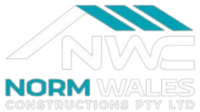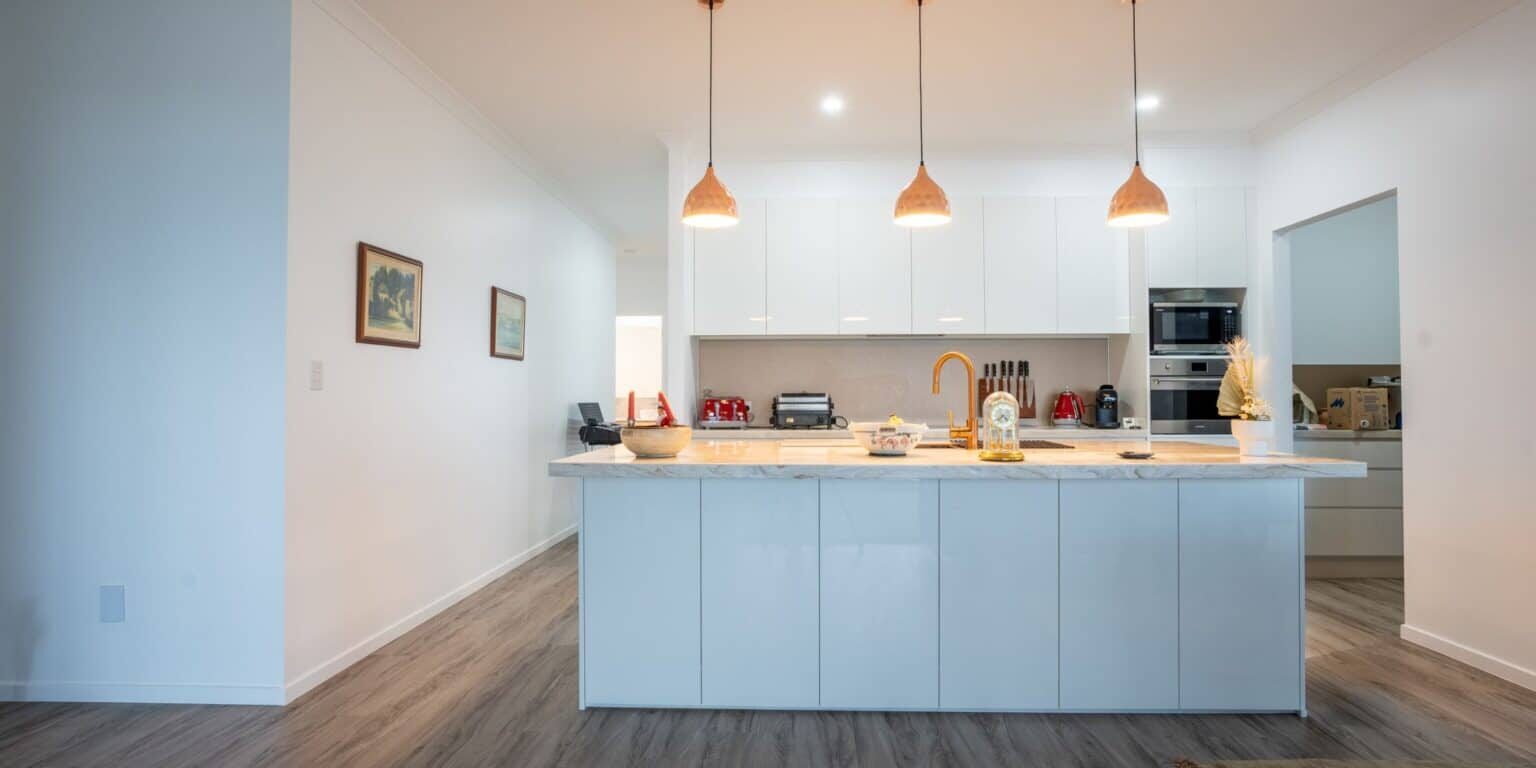If you’ve walked through a display homes and thought, “Yes — this is exactly what I want,” you’re not alone. That’s where most people start. You see the high ceilings. The open space. The kitchen finishes. The lighting. It all feels right. It feels like the future you’ve been planning for.
But the truth is, most first-time home owners aren’t prepared for what happens next.
And if you’re not careful, there are two problems that can derail your build faster than anything else. Both of which have blown out budgets and blindsided homeowners who thought they’d planned everything right.
Let’s break them down, so you know exactly what to watch for before you sign anything.
Problem #1: Most Display Homes Don’t Match the Quote
Let’s say you loved the space. You felt like it had the perfect flow. But what you saw was a 350m² version. The quote, though? That might be for 270m². Or the ceilings looked like 2.7m, but the actual spec is 2.4m. The kitchen had stone benchtops, soft-close drawers, and upgraded appliances. But none of that is listed in the price.
You might not notice it right away, because the display is still fresh in your mind. But when you go to build, or worse, when you move in, you start spotting what’s missing. And by then, it’s either too late or too expensive to go back.
To give you an idea, a homeowner recently spent $100,000.00 more than the original quote just to bring the plan back to what they thought they were already getting.
And that’s not an upgrade. That’s just catching up.
Problem #2: Site Costs that Aren’t in the Price
Even if you’ve got your inclusions right – the finishes, the layout, the upgrades – there’s another side of the budget that often gets missed.
That’s the ground under the build.
Things like rock removal, septic positioning, power trenching, and drainage. These can be major costs, and if they haven’t been accounted for early, they can add tens of thousands to your build without warning.
Take trenching, for example. Running power from your house to a new shed 100 metres away might sound simple. But if that trench hits rock halfway through? You’ll need excavation gear. And that’s coming out of your pocket unless it was scoped properly from the start.
It’s the same with septic systems. Or tight blocks. Or complex driveways. If it hasn’t been tested or inspected properly before quoting, you’re walking blind.
You Need to Know What’s Actually Included
This part matters more than anything: what’s listed in the contract is what you’re getting. Not what you saw. Not what was “talked about.” But what’s written down.
And when you don’t have that clarity, things start slipping in under vague terms like “standard inclusion” or “builder’s range.” That might sound fine at first, until you find out “standard” means flat-pack wardrobes, laminate benches, or a single powerpoint in a room you’d planned to work from.
Every decision that isn’t made upfront will cost you more later. And it won’t just hit your wallet. It’ll start eating into your build timeline, too.
When you’re choosing a builder, ask to see a contract. Go through it. And if something’s not spelled out clearly, ask for it to be clarified in writing. Because despite how you might feel, you’re not being a pain. You’re just protecting your investment.
What You Can Do Right Now
If you’re in the early stages of planning, the most important thing you can do is slow down and get clear on your expectations and what’s really included to meet them.
- Don’t assume a display home matches the quote.
- Don’t assume the soil is fine because it “looks flat.”
- Don’t assume the builder has factored in everything just because the price seems solid.
Ask for clarity. Ask for specifics. And only sign when you’re confident every moving part has been covered. From what goes into the slab to what goes on your kitchen bench.
Want Help Getting It Right from the Start?
Of course, we’ve only just scratched the surface on what it takes to build a home without costly surprises or delays. That’s why we’ve put together a practical, no-fluff guide to help you avoid the exact issues we’ve talked about here.
The 7 Things You Must Know Before Building a Custom Home
Inside, you’ll learn:
- What most people miss when reviewing a quote
- How to read a contract like someone who’s already built before
- And what needs to happen before you commit to any plan
Grab your copy here and make sure the home you’re picturing is the one you actually get.
Get to know the man behind your dream home, Norm. Norm Wales Constructions is honored to be APB, and MBA members.



